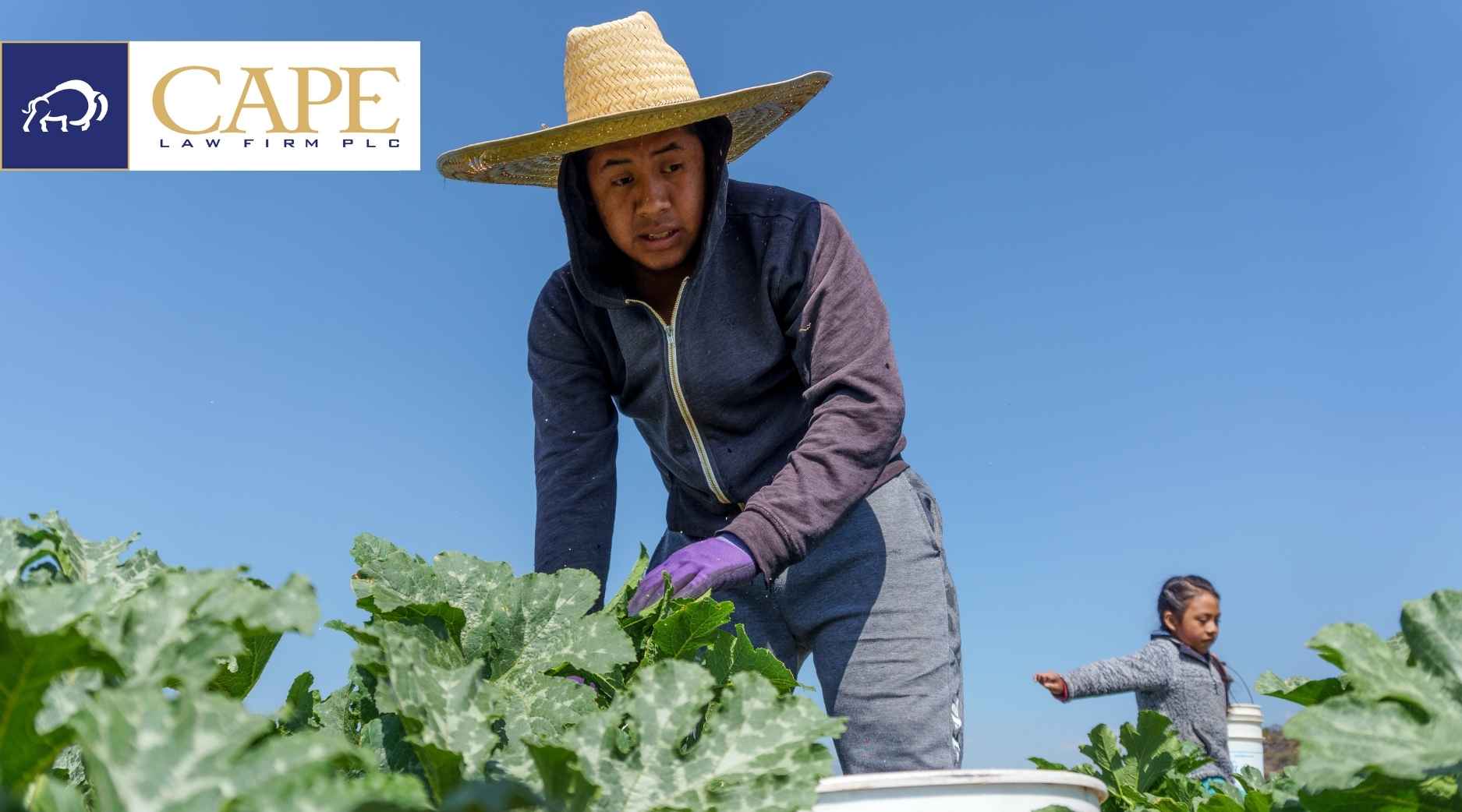EPA’s New Final Rule for Traited Crops Looks Much Like the Old Rule
The EPA recently released its final rule for new regulations on Plant-Incorporated Protectants (PIPs) which are commonly known as pesticidal traits in plants. The new rule adds a narrow exemption for a small subset of PIPs created through new biotechnology techniques, such as gene editing. The new exemptions will apply to two types of genetically engineered PIPs:
- Those created through genetic engineering from a sexually compatible plant, for example, the introduction of a gene from a wild maize relative into a modern corn variety; and
- Those where the genetic modification results in a loss of function of a gene already existing in the plant. For example, gene editing might be used to silence the function of a gene that makes the plant susceptible to disease. By silencing the gene, the plant is able to repel the pathogen, thereby giving it pesticidal qualities.
Announcement of the new rule was met with widespread criticism from plant breeders, seed companies, universities, and a number of agricultural organizations as being far too narrow and out of touch with modern understanding of biotechnology.
EPA’s current regulation of PIPs was the result of the development of biotechnology, particularly genetic modification, in the 1970s and 80s. In 1986, the White House issued the Coordinated Framework for the Regulation of Biotechnology which instructed EPA and other Agencies to use existing laws to regulate biotechnology. Thus, EPA issued regulations under the Federal Insecticide, Fungicide, and Rodenticide Act (FIFRA) and the Federal Food, Drug, and Cosmetic Act (FFDCA) to regulate PIPs. However, EPA made a distinction between PIPs that were created by “conventional” plant breeding versus those created by genetic modification (i.e., genetically modified organisms or “GMOs”). PIPs from “conventional” plant breeding were exempt from regulation, while GMOs were regulated the same as synthetic chemicals – meaning they faced a heavy regulatory burden.
One of the major criticisms of the new rule is that it continues to be based on the process for creating the PIP instead of the potential risk the PIP may pose. Thus, a PIP created by conventional breeding has always been exempt, whereas a PIP created by biotechnology triggers regulation. Many critics have pointed out that the potential risk of the PIP created through either method is the same. Given the decades-long track record of safe use of GMOs on billions of acres, there is no scientific basis to continue the regulatory burden solely based on genetic engineering. Instead, regulation should be based on the potential risk posed by the PIP regardless of how it was created.
Another criticism is that the new rule leaves insurmountable barriers in place that effectively exclude all but the largest global companies from the market. Because regulation is triggered by the use of biotechnology, smaller companies, universities, and public institutions simply cannot afford to produce the immense regulatory data required to obtain approvals. Thus, hundreds of traits in numerous crops have been developed and then shelved because the regulatory burden is too expensive. This creates the perfect environment for large companies to scoop up new crop traits and add to their already dominant position in the market.





